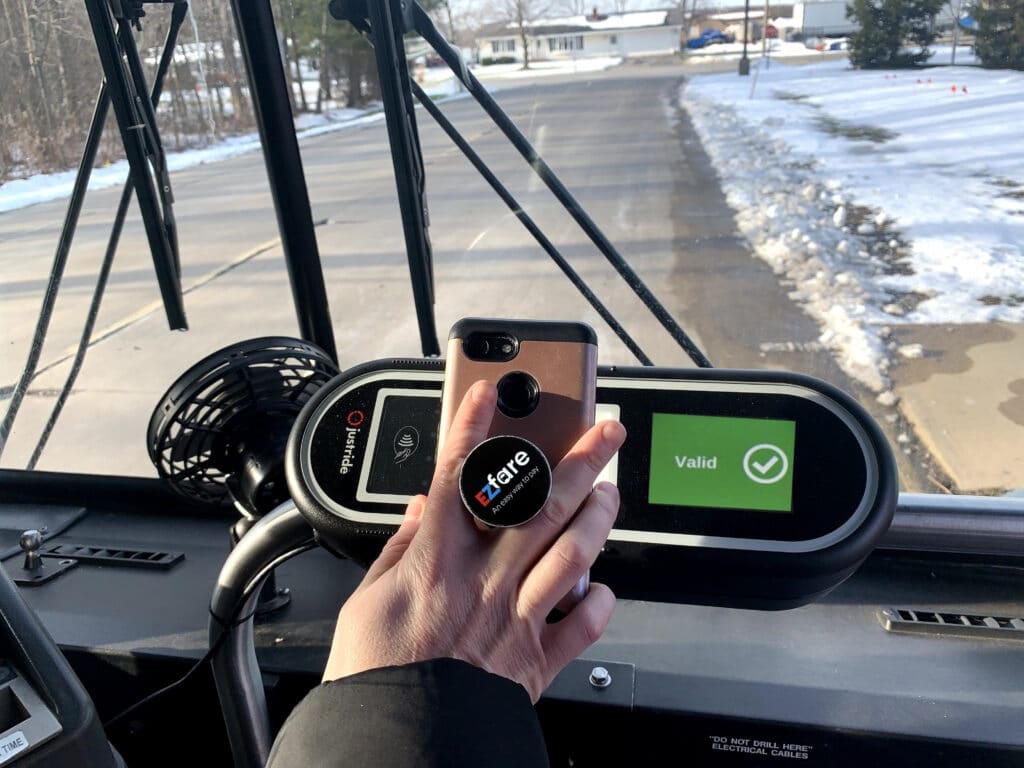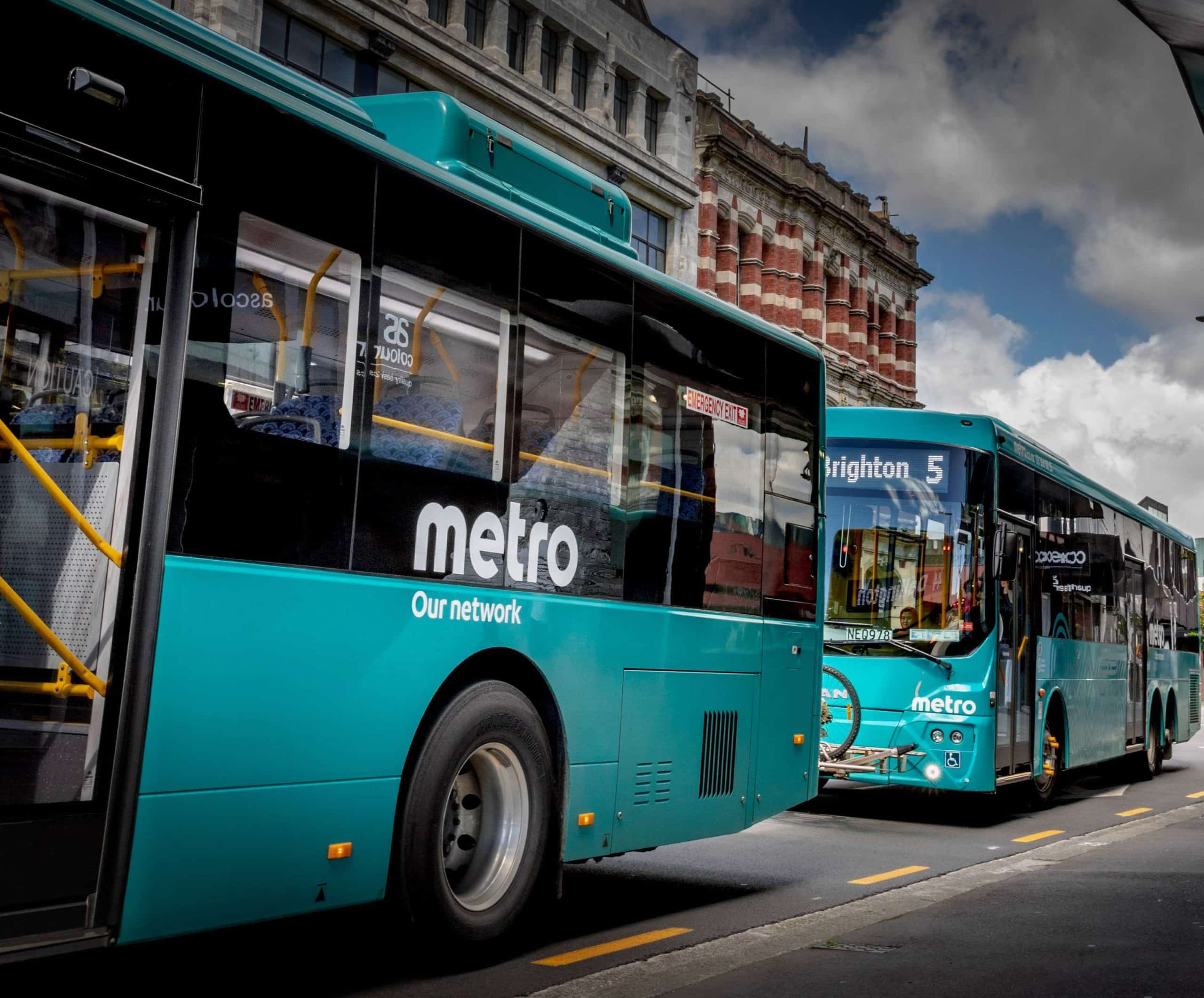
Article Highlights
Some groups of small and medium-sized transit agencies in the U.S. are looking to procure new fare or ticketing systems, hoping to get a better deal from vendors than the agencies could on their own. Led by Ohio-based NEORide, backers of the concept say it can give smaller agencies more visibility and bargaining power with vendors.
• Table: List of agencies in two groups procuring fare systems.
• Table: EZfare mobile ticket purchases, by app and channel
Some groups of small and medium-sized transit agencies in the U.S. are looking to procure new fare or ticketing systems, hoping to get a better deal from vendors than the agencies could on their own.
















